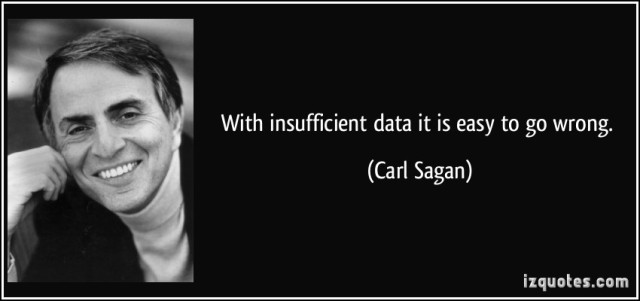
I’m often asked to help companies improve the safety results they are achieving from their efforts. I always find it interesting to see what they are currently doing to “create safety.” I’ve long abandoned the focus on prevention and taken the more positive approach that people working safely don’t really need to prevent anything.
To that end it’s important for organizations to re-enforce the classic ideas that they no doubt are already using within their organizations to create production. Let’s take a look at a few:
“What My Boss Is Interested In… How Do they Know What That Is”
Most organizations work hard at letting their employees and customers know what they are interested in. These “interests” are often described in detail on the company website as “Mission, Vision, Values” statements and the “About Us” tabs. If you look you’ll see statements of “intention.” These statements of intent are basically how we what the organization to operate and what we want to accomplish through our efforts. To be successful, companies need to expand the message of how they want their company to be into daily communications and demonstrated actions from the organization’s leaders. If they aren’t supporting their intentions with actions, their intentions are only as good as a poster on the wall.
“What you do speaks so loudly I can’t hear what you say” – Ralph Waldo Emerson
This turning intention into action is going to require planned and regular communication of clear messages about what is important to “the boss.” When our leaders take the time to ask us questions it is clearly communicated that the questions are something the boss is interested in…or why would they be asking the questions?
In most organizations these questions focus on How much is that going to cost?” and “When will that be done?” Both REALLY great questions and clearly communicating the Time and Money are important to the leaders.
“I Am Fascinated In…What Gets Measured Gets Done”
Asking questions is the first part of the formula. The second part is ensuring that the information is gathered, analyzed and acted upon. Reaction to the answers also communicates the importance of the subject to the leader. There are many ways to communicate the outcomes of these questions. Typically we gather statistical evidence of our activities (meetings held, inspections done, customer surveys completed) and the outcomes of those activities (customer satisfaction results, issues resolved, actions completed).
“What Gets Rewarded Gets Results”
This requires a detailed communication of what is expected of your corporation’s leaders from the CEO to the employees. In Safety Excellent Cultures, “everyone” becomes a leader. Then a system of measurements of the successful completion of those assigned responsibilities and tasks needs to be developed and implemented. The old assignment of “don’t get hurt” becomes “create safety.” The expectation is that everyone is working together to create safety and it’s no longer delivered to people like a pizza that they didn’t order!
A measurable and “nested” Accountability & Measurement System needs to be developed and implemented. The key to safety excellence is in the activities people do. Many of the activities typically associated with safety management are probably already identified implemented in your company. What needs to happen to improve your results is that everyone’s “boss” has to show interest in the completion of those measureable tasks.
Simple questions can become part of the daily conversation and should be asked and answered by everyone in the organization (Including the CEO):
1) What did you do today to make safety happen on your worksite?
2) What did the people who work with you do to make safety happen today at your worksite?
3) How do you know that they did these activities?
4) What happened to them because they did the work to create safety?
4) What happened to them because they did the safety work?
Thank you for reading my post. I regularly write about Creating Safety Excellence and how making your Safety creating efforts look more like your successful business will get you fabulous results.
If you would like to read my regular posts then please click ‘Follow’ and feel free to also connect via Twitter and my Blog.
When I am not writing, I spend my time assisting companies dramatically improving their safety results.
For more reading on creating Safety Excellence check out my books at the Safety Results Ltd. Website.
Other Linkedin articles you may be interested in:
Evidence VS Emotional Based Knowledge
Buzz- Buzz – Buzz: The Art of Total Miscommunication
Accident VS Incident
Time to Replace Common Sense with Gained Common Knowledge
Developing a Common Knowledge
Unsafe Acts & Unsafe Conditions Go Hand In Hand – Sorry Heinrich Was WRONG!
An Open Letter to those Not Yet Fatally Injured Workers







